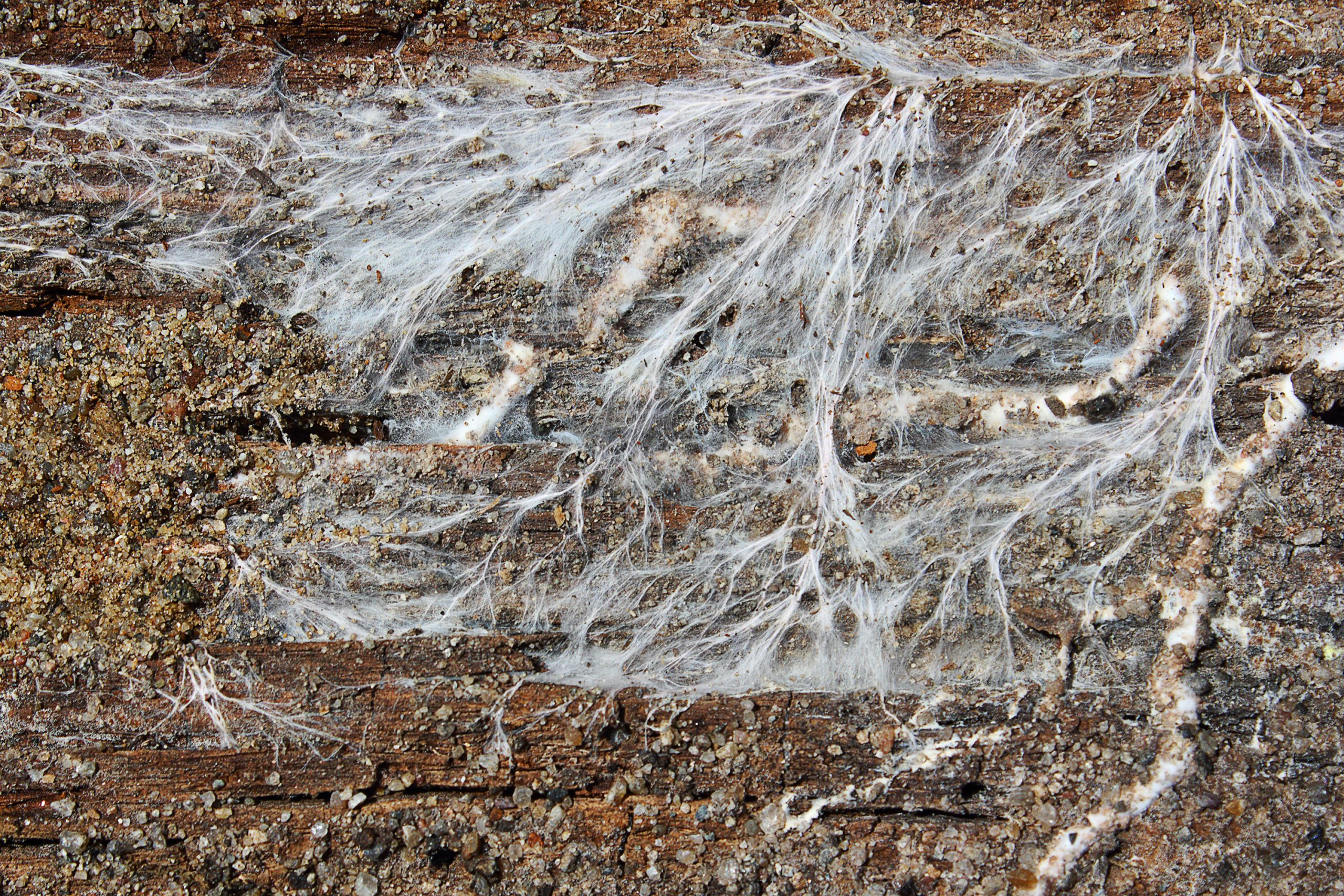Blog
How Do You Kill Dry Rot Fungus?

Dry rot is one of the most common yet severe timber decay issues that affects wood within the home. It can be so serious that it can compromise the structural integrity of a home, but early identification and treatment can prevent it from reaching this stage.
First of all, before treatment can commence, you’ll need to clarify the issue you’re dealing with.
Signs of Dry Rot
Dry rot and wet rot – two of the most common causes of timber decay – share similar symptoms. In the case of dry rot, you’ll want to look out for:
- A mushroom like growth
- Grey strands that extend across wood, masonry or soil
- Wood that crumbles when touched
- Sap seeping out of the joins between skirtings and floors or walls and architraves
- A musty smell
- Cracks in timber in a cuboid shape
- Spore dust patches that are brown, red or orange in colour
If you notice any of the above signs, you’re likely suffering from dry rot. Some of the symptoms listed above are hard to identify until it’s too late, but by conducting regular checks of the timber and masonry, both inside and surrounding your home, you stand a good chance of spotting symptoms early on.
Given the damage dry rot can cause, we recommend getting a site survey to confirm the cause of your wood decay so that the deprecation of your property is minimised.
What Causes Dry Rot?
Although its name suggests otherwise, dry rot occurs when fungal spores settle into wood that has a 22%-28% moisture level. Considering the average moisture level in dry wood is between 8% and 16% depending on the size of the wood and the surrounding conditions, it’s clear to see why so many homes are affected by dry rot.
Humidity levels, leaks from pipes or penetrating damp, and failures pertaining to a damaged or insufficient DPC (damp proof course) can all increase the risk of dry rot fungus growing and causing damage.
Treating Dry Rot
If you have a confirmed diagnosis of dry rot, you’re likely wondering, how do you kill rot fungus? In all instances, we always recommend employing a professional team to treat dry rot. Here at Garratt’s Damp & Timber, we are experts in treating dry rot and wet rot, as well as other damp issues.
We do this by firstly assessing the cause of the damp. This is essential in preventing the damp from coming back and causing further issues later down the line.
Once the source of the moisture has been identified and treated, we then remove the affected area. This could be by removing individual parts of timber and/or masonry. Depending on the severity of the issue, entire sections may need to be removed and replaced. This is because strands and mycelium of dry rot will often migrate behind plasterworks, within cavity walls and even externally in search of additional timber to feast upon.
When the affected areas have been removed, the fungus needs to be killed through irrigation and sterilisation. This will ensure any remaining spores are killed, minimising the chance of them coming to fruition and causing further damage.
There are instances where you might identify fungal spores on wood. Dry rot starts off as spores that often lay dormant until there is sufficient moisture within the wood for them to become activated. If there is not enough moisture, the spores won’t develop. What this means is if you’re able to identify the fungus at the sporal stage, you can effectively get rid of the dust and sterilise the area before the fungus even has a chance to become active.
Preventing Dry Rot
As with any type of damp or timber decay, the best way to kill the fungus is to prevent it in the first place. There are a number of ways you can do this, including:
- Regularly opening windows and vents to allow moisture in the air to escape and fresh air to circulate
- Installing and using extractor fans in the kitchen and bathroom when cooking and showering/bathing
- Fixing leaky pipes and plumbing as soon as you notice any dampness
- Regularly clearing gutters of debris to ensure they are functioning properly and to reduce risk of penetrating damp
- Making sure your DPC is up to date and not compromised
Get in Touch About Dry Rot
Garratt’s Damp & Timber are on hand to help residents in London with all their timber decay and damp issues. We offer a site survey to those looking to identify the cause of damp and wood rot in their homes. We follow this up with a no-obligation quote.
To find out more about how we can help you, please contact us.
Archived Articles
Recent
-
18 Mar 2024
How to Get Rid of Damp in Bedrooms
While it may seem more logical that kitchens and bathrooms are more prone to damp, it may be surprising for…
-
13 Nov 2023
Benefits of Tanking Your Basement
While basements have been a staple of home construction in multiple countries, they are still a relatively new concept in…
-
13 Nov 2023
Taking Action on Fixing Damp
Damp is a widespread problem in properties across the UK; however, this doesn’t stop the fact that it’s a serious…







